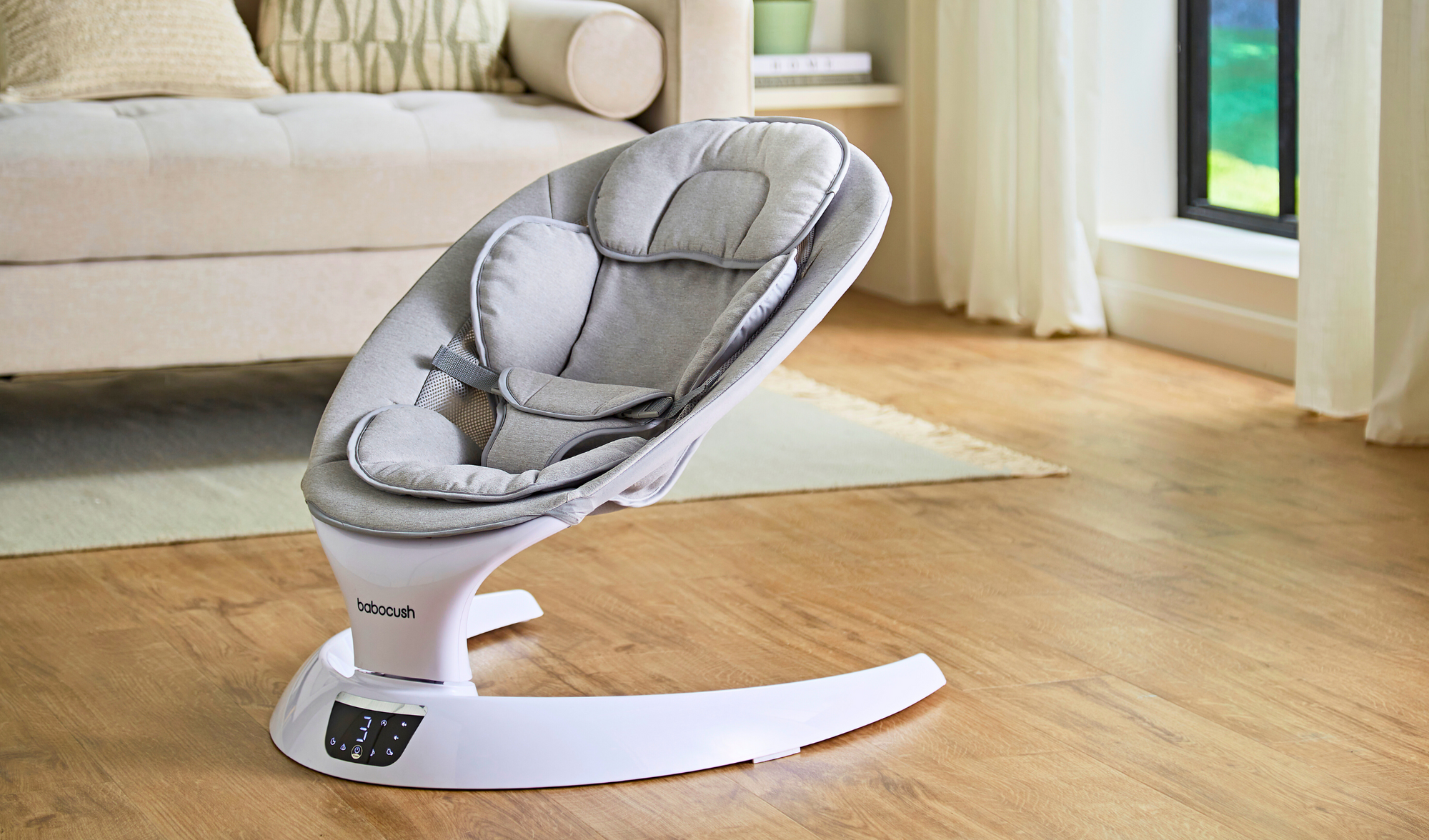There are many important aspects to the development of your baby. While it might seem to be the most crucial of activities, the time that your child spends on his or her tummy really will contribute to their overall wellbeing in various ways, as we’ll see in this blog. If you have any doubts about the merits of tummy time, or have questions about when you should start and how long it should last, then read on.
What is Tummy Time?
Tummy time is laying babies on their stomachs for brief periods while they're awake. It's an important way to help babies strengthen their neck and shoulder muscles and improve motor skills.
Tummy time is important because it:
- Helps prevent flat patches from forming on your baby's head.
- Strengthens the neck and shoulder muscles to help your baby begin to sit up, crawl, and walk.
- Enhances motor skills (using muscles to move and complete an action).
Babies benefit from two to three brief sessions (3 to 5 minutes) of tummy time each day starting from the first day they come home from hospital. You can extend the sessions as your baby gets older and exhibits a desire for belly time. More tummy time helps babies develop the strength they need as they become older so they can sit up, roll over, crawl, and walk.
What are the benefits?
Your baby mightn’t be overly tolerant of being on their front, but there are so many benefits that it’s really worth encouraging a bit of tummy time each day - even if it’s just a few moments here and there.
To begin with, it’s a way for your baby to explore their surroundings. It’ll improve their gross motor skills, get their muscles working (particularly and very importantly, the ones that aren’t activated when lying on their back), and is also an important step on the way to other crucial developmental milestones, such as the ability to rollover, crawl, and sit upright. There’s another reason why tummy time is so important, too - it can help prevent flat head syndrome, which occurs when a baby spends too much time on their back.
When should you start?
Once the game of life has begun, there’s little time for sitting back and relaxing: experts say that you should get started with tummy time on day one. That is, of course, providing that you experience a routine birth with no complications and that both you and your baby have the energy and alertness required to do it properly. Be prepared, however, for your baby to be less than pleased about tummy time in the beginning - it’s generally not their favorite activity in the world.
Start with lying your baby on your chest and looking up at you or lying across your lap, then when they’re a little older, progress to laying them on a mat. At this age, they will only be doing 2 to 5 minutes of tummy time, 2 to 3 times per day, gradually building up the time as your little one becomes happier and stronger in this position.
By 3 months old, it is beneficial for your baby to have up to 1 hour of tummy time per day; although this shouldn’t be in one go, it should be spread out throughout the day and, in total, be for around an hour.
Providing your baby with opportunities for tummy time every day should continue until they begin to crawl, at which point they’ll voluntarily be having plenty of tummy time on their own! However, it is still good to continue to encourage tummy time play at the crawling stage as it is beneficial to your baby’s development to spend some time in this position when playing too.
How long should it last?
One of the good things about tummy time is that it doesn’t require too much time. Indeed, the eventual goal is to spend just fifteen minutes on their tummy each day. This can be broken down into multiple sessions that last just a few minutes each time for a newborn baby. When they’re a little older, they should be spending longer on their front, since it’ll be additionally important that they’re developing strength.
So how do you do it? It couldn’t be simpler. Just create a soft, clean and comfortable space and lay your baby down on their front. My babies hated tummy time and to me it looked awkward and unnatural for them to be so flat and sprawled out on their tummies; If you have a babocush however, your baby can be placed in a much more natural and comfortable tummy down position, just like they’re lying against your chest. Babies tend to tolerate tummy time a lot better when on the babocush. Engage with your baby while they’re on their front, this will encourage them to lift their head. It might take a little trial and error until you figure out what works best for both you and your baby, but you’ll get the hang of it. Over time, you can build up tummy time play so that your baby is spending more and more time on their front.
Tummy Time Tips
Many babies hate tummy time at first, but most begin to tolerate and sometimes even enjoy it as they build the muscles required to lift their heads. In the meantime you can help make tummy time less torturous…
- Little and often… It’s a good idea to start your baby’s tummy time with a little and often approach. Try multiple shorter sessions a day. At first, focus on 1 to 2 minutes at a time. Your baby will get used to extended tummy sessions with practise.Nappy changes or when they wake up could give you a good opportunity to try tummy time.
- Try changing the locations. Sometimes a change of environment is all that is needed to make tummy time bearable.
- Rubbing their feet or a baby massage, if your child enjoys it, could make tummy time easier.
- Inviting a sibling to attend… Your baby might sense your pressure, and tummy time can be more engaging with new faces. Children are more likely to get on the ground than adults are, and they play with greater vigour, perfect for when your baby needs an energy boost. Just make sure you keep a close eye on the two children.
- Turn tummy time into playtime… You can buy interesting, colourful tummy time play mats to help make tummy time more fun for your baby.
Try to remember with all these ideas that it is important to offer your reassurance with a nice calm voice. Singing can also help when doing tummy time with your little one. Though you’ll have more pressing concerns, it’s important to build tummy time into your daily schedule because of the many benefits that it brings.


